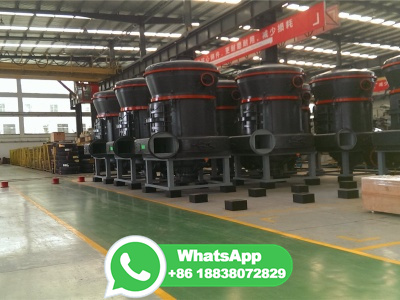Occurrence Characteristics of FineGrained Pyrite in Coal and Its ...
To explore the occurrence and distribution characteristics of finegrained pyrites in coal and the effect of pyrite particle size on flotation efficiency, coal samples from Guizhou province and Shanxi province, China, were selected for pyrite morphology observation and sulfur content test before and after flotation desulfurization experiments with different coal particle sizes. Experimental ...































